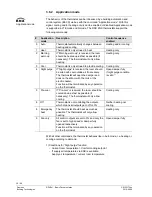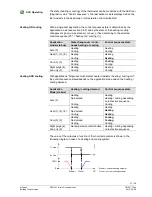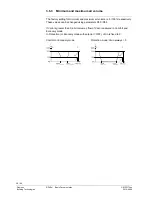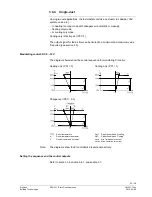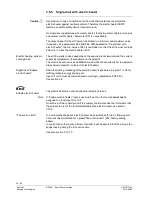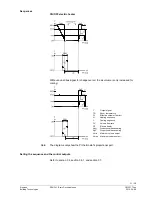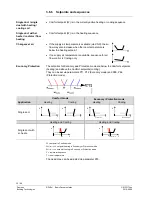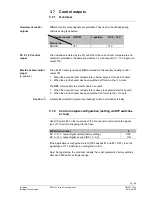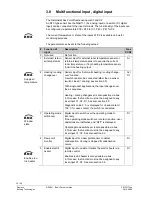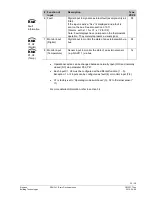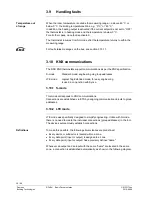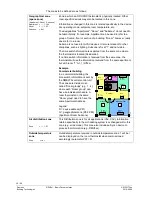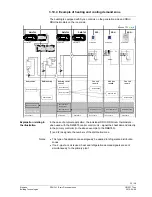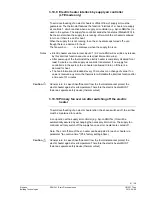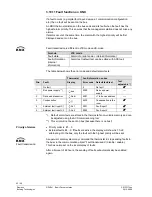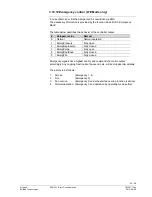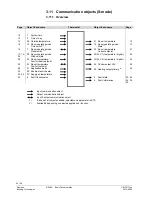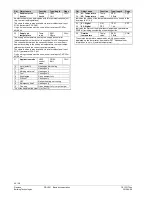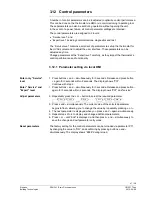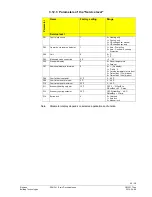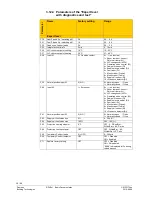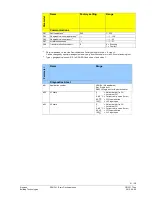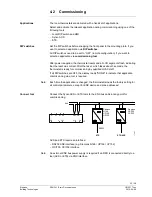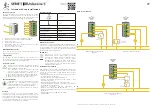
40 / 68
Siemens
RDU341 Basic Documentation
CE1P3172en
Building Technologies
2015-06-08
3.10.5 Send heartbeat and receive timeout
In a KNX network, S-mode and LTE mode communication objects can be exchanged
between individual devices. The
Receive timeout
defines the period of time within
which all the communication objects requested from a device must have been
received at least once. If a communication object is not received within this period, a
predefined value is used.
Similarly, the
Send heartbeat
defines the period of time within which all the commu-
nication objects requested must be transmitted at least once.
Fixed times are specified as follows:
– Receive timeout: 31 minutes
– Send heartbeat: 15 minutes
Individual zones can also be disabled (out of service) via control parameter if they
are not being used. In disabled zones, the LTE signal will no longer be periodically
sent, and will therefore reduce bus load.
3.10.6 Startup
The application is restarted after every reset, so that all the connected motorized
valve actuators are synchronized (see section 3.7).
After a reset, it takes up to 5 minutes for all the connected room thermostats to
restart. This is designed to avoid overloading the network when restarting. At the
same time, it reduces the load on the KNX network, as not all thermostats transmit
data at the same time. The delay (T
WaitDevice
) is determined by the thermostat's
device address. After the delay, the device starts to send.
3.10.7 Heating demand
In S-mode, the current state signal of the control output (e. heater) is available.
3.10.8 Air demand
In conjunction with Synco, the air demand from each room is transmitted to the
BACS to provide the required air volume.
In S-mode, the current state signal of the damper is available.
LTE mode / S-mode
Reducing the bus load
Startup response
Startup delay
KNX
R
Heating output primary
Cooling output primary
KNX
R
Control output VAV

